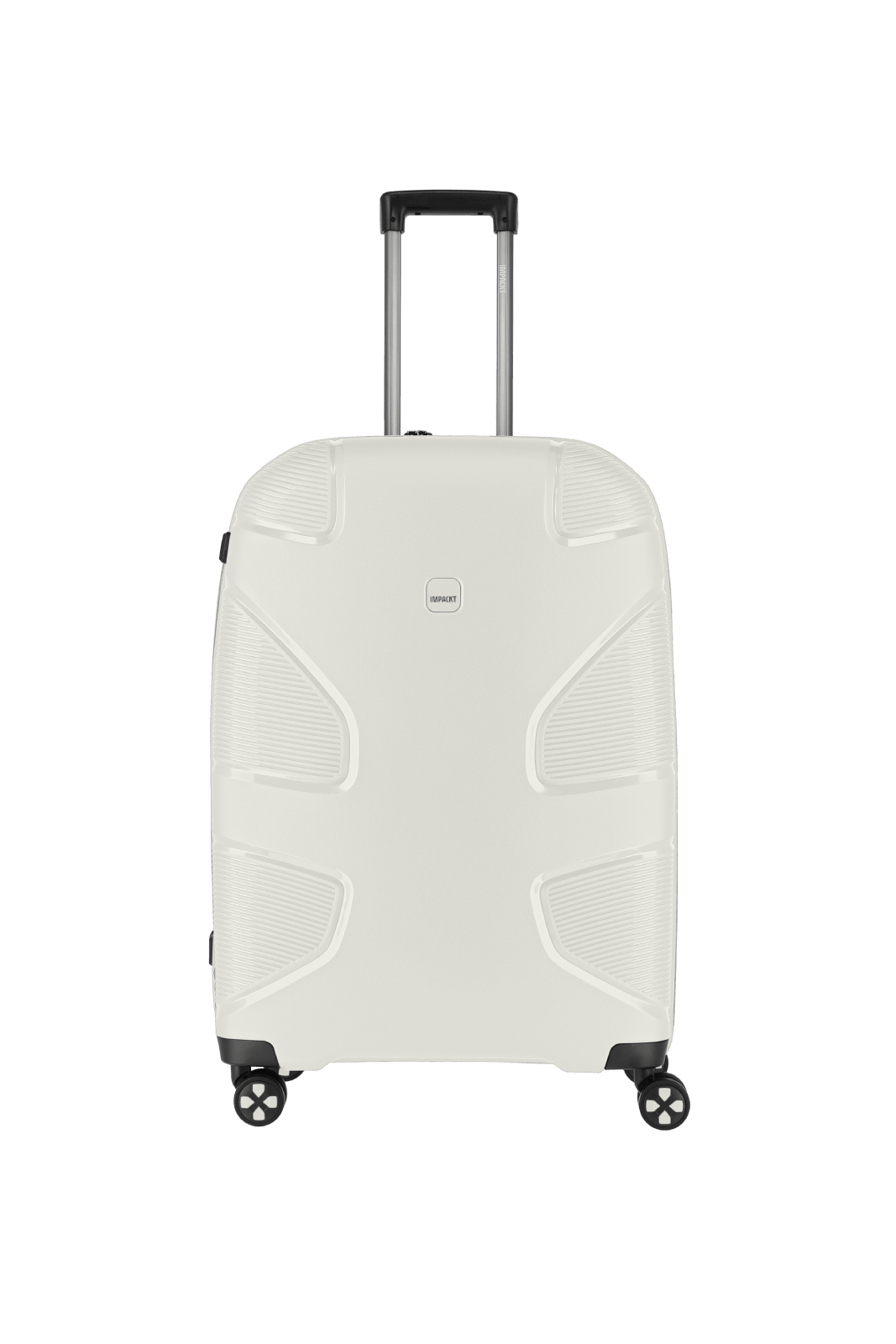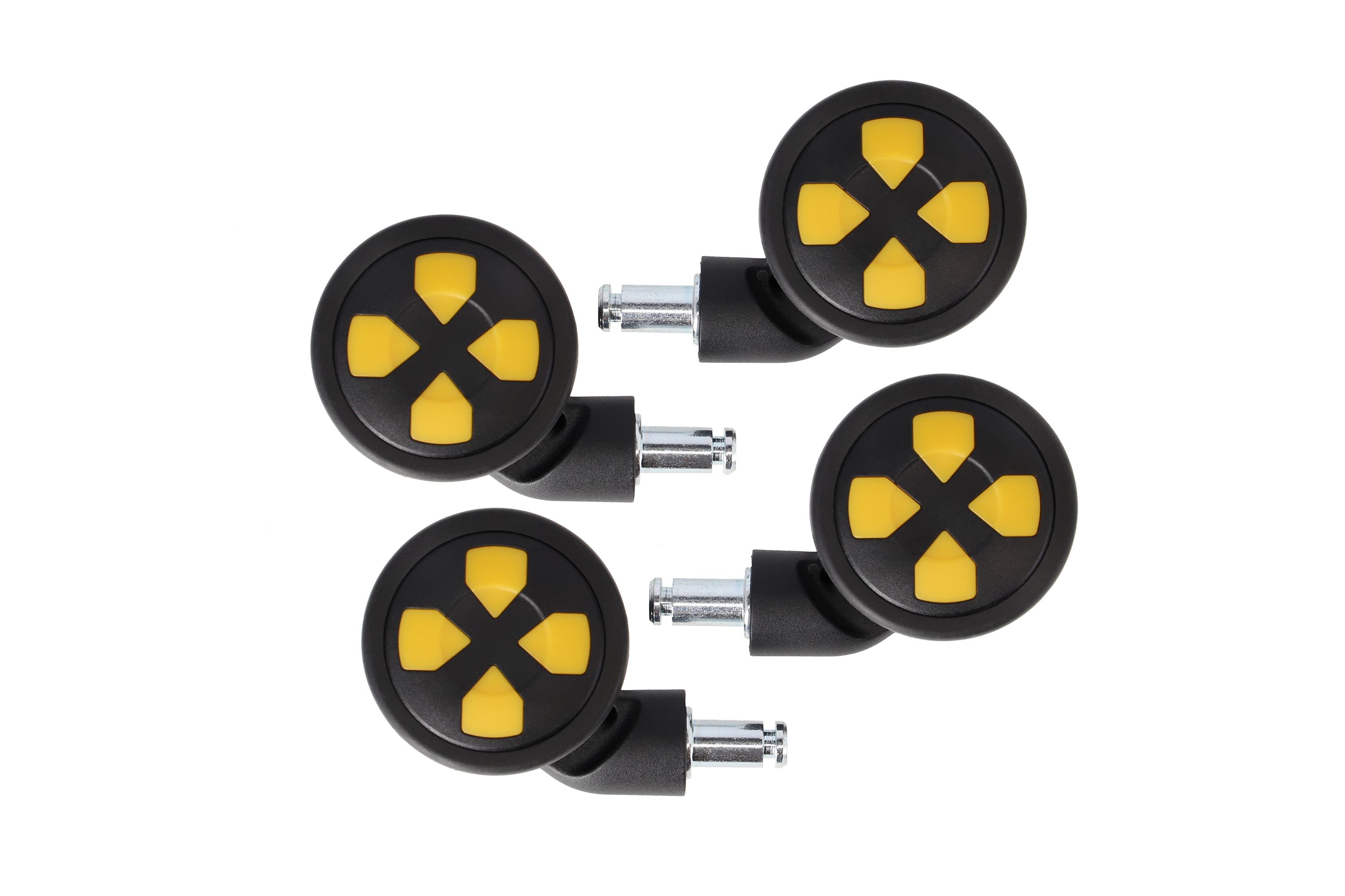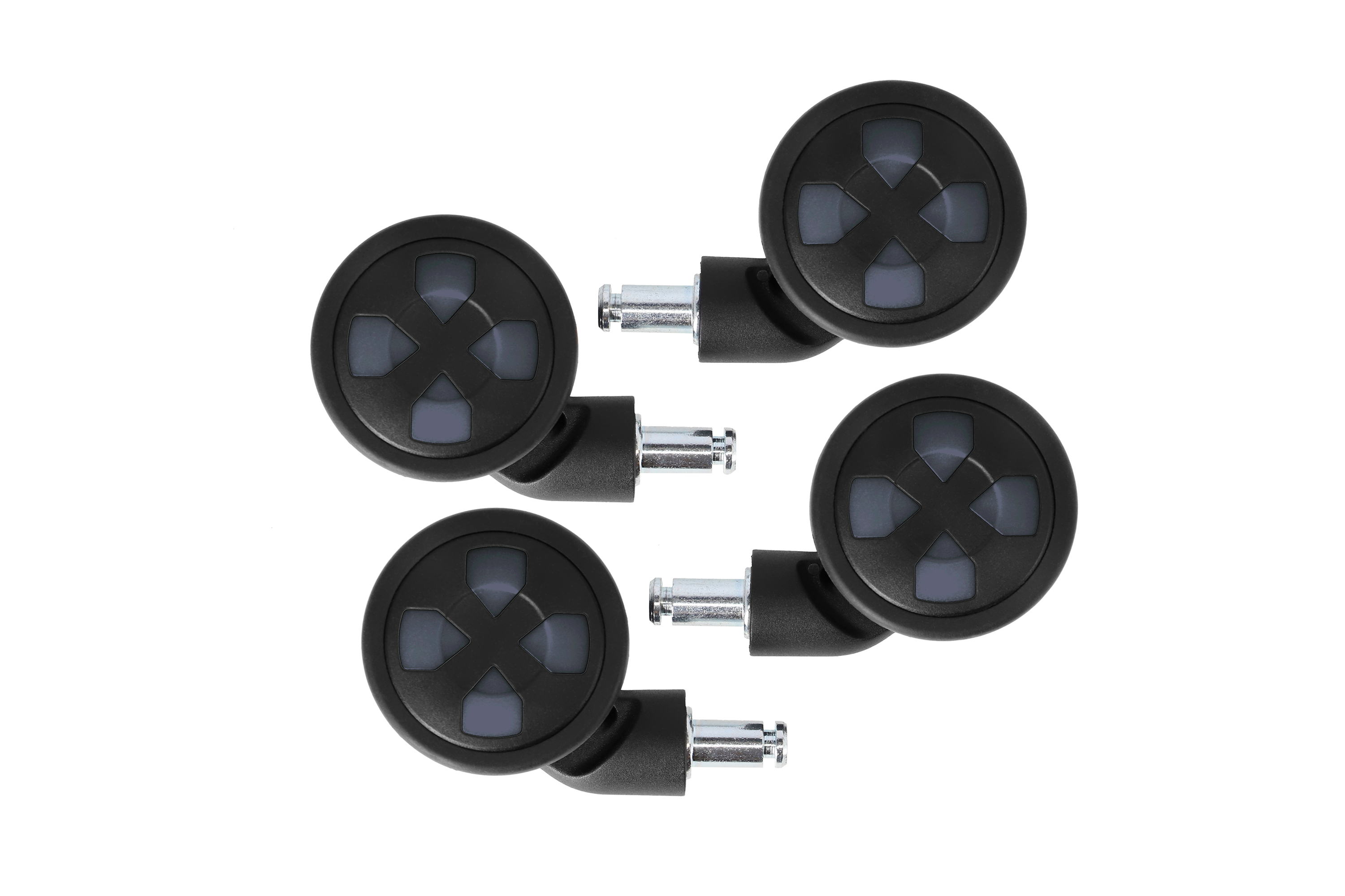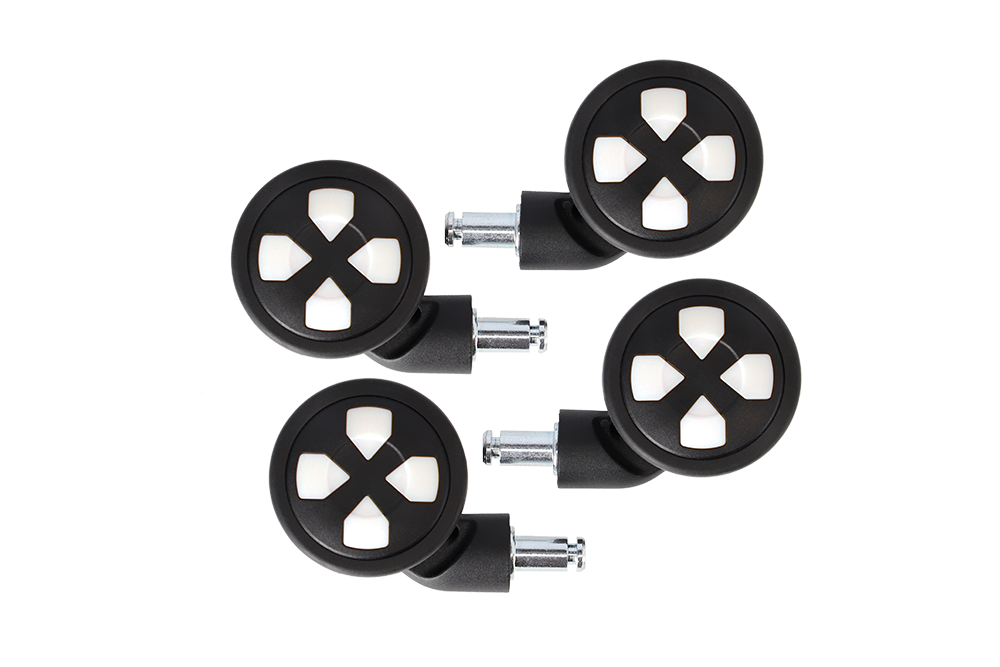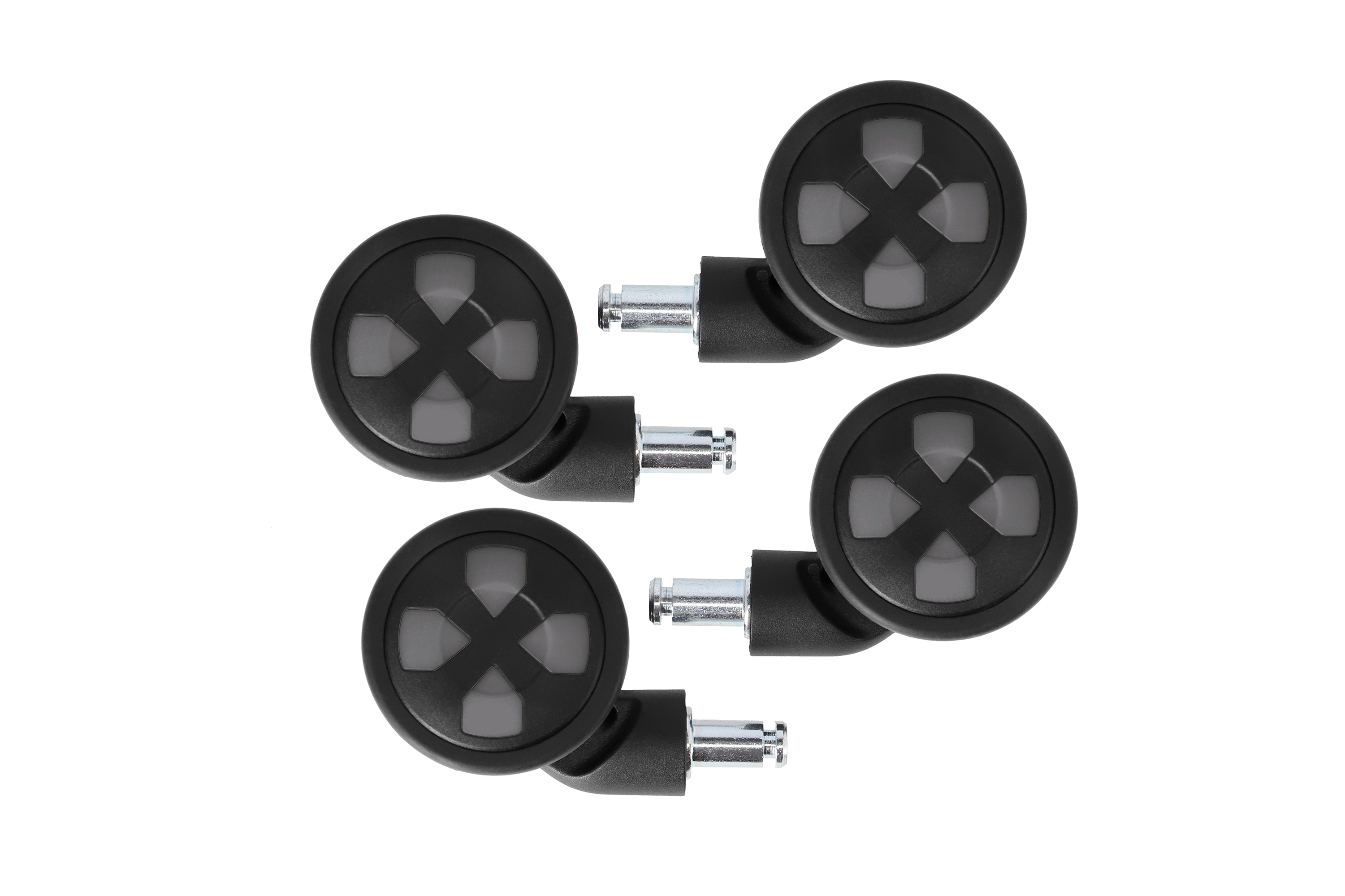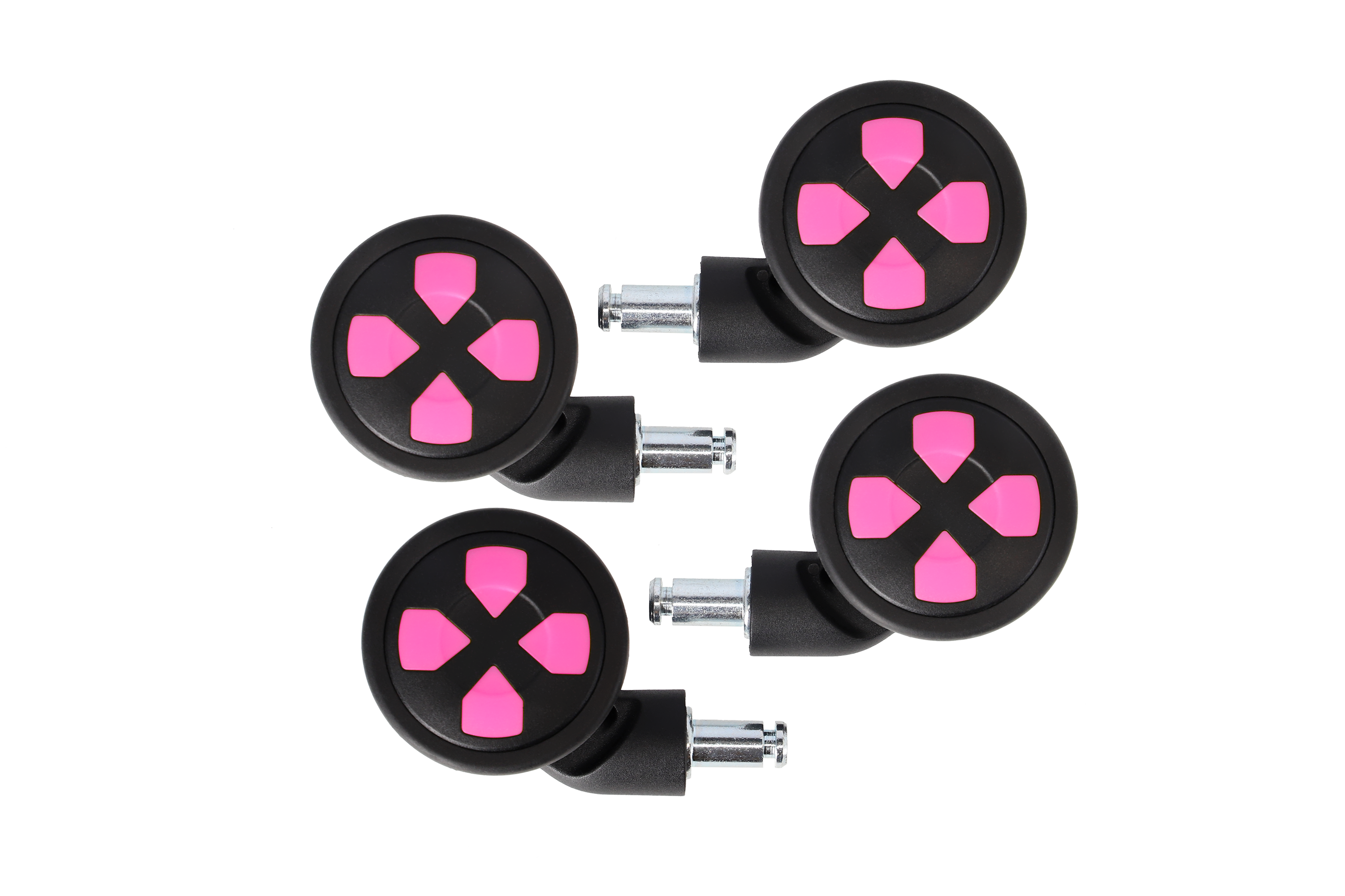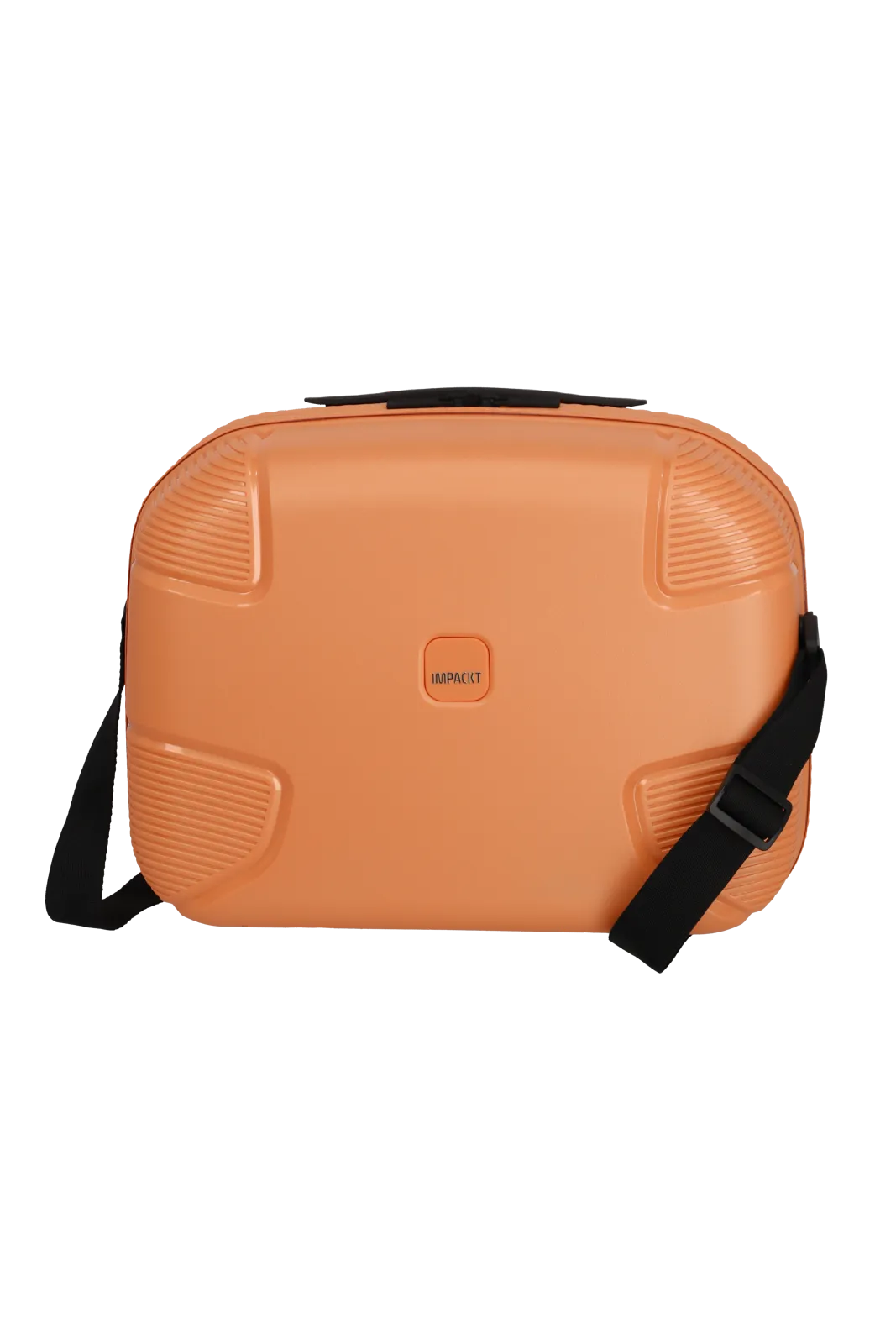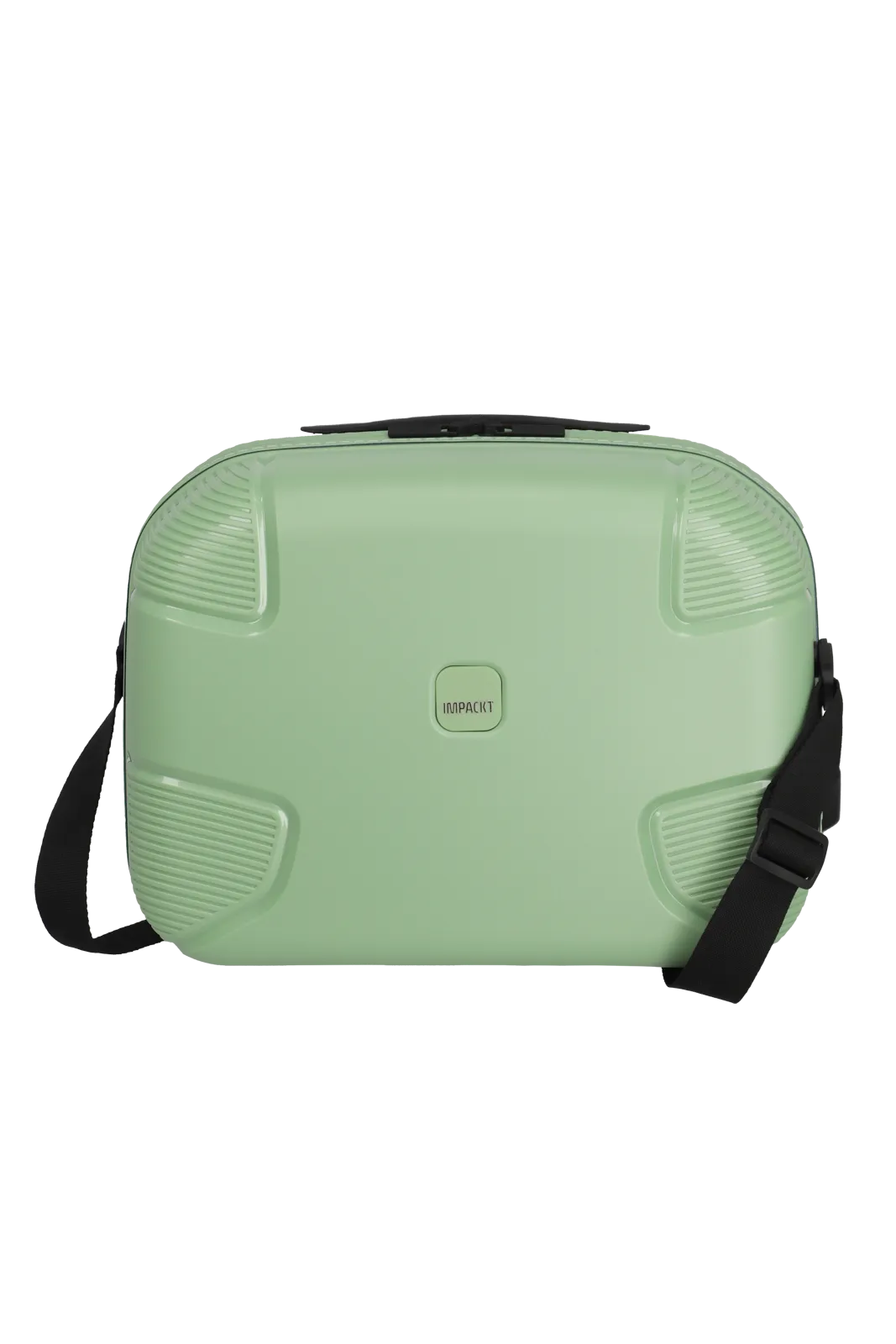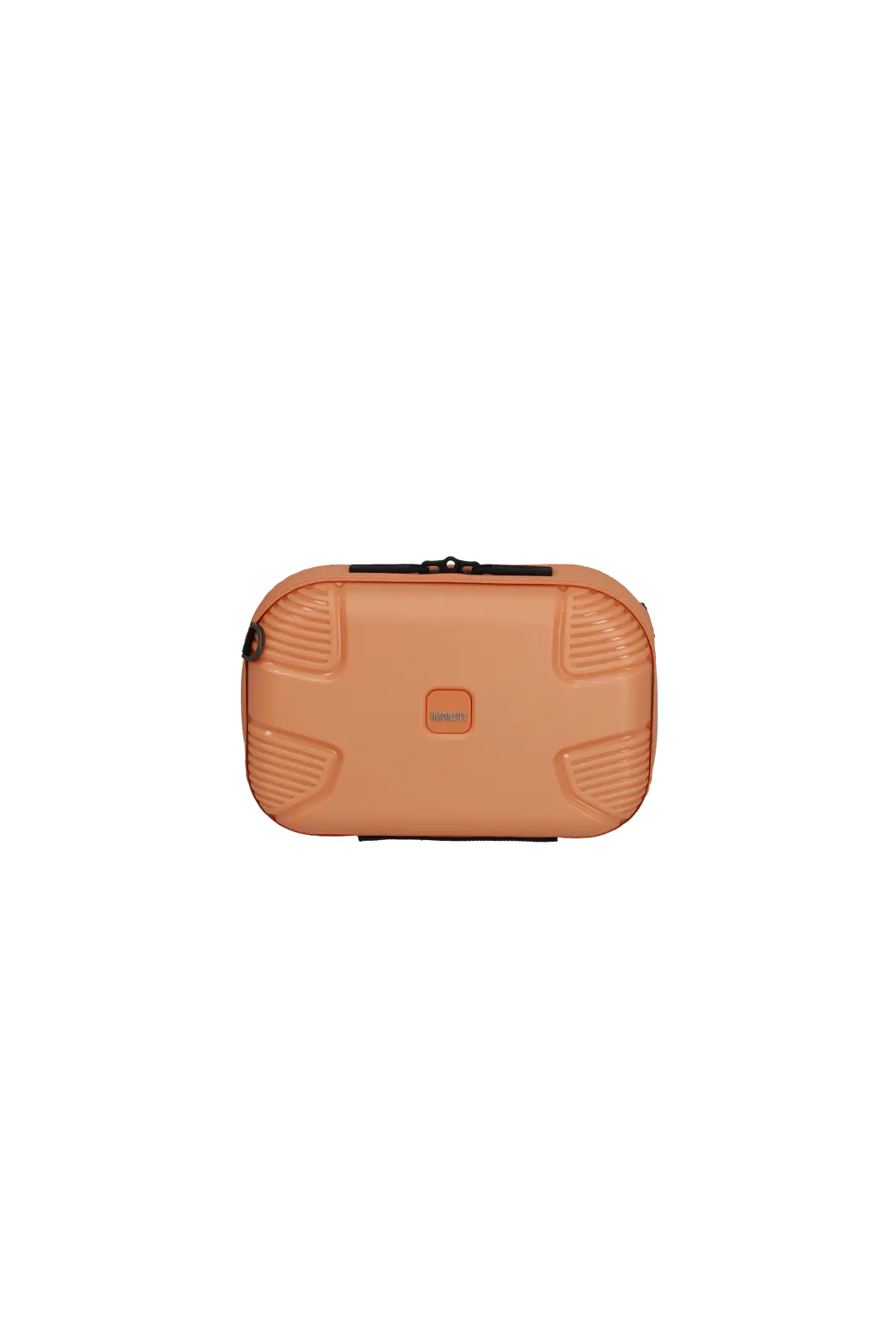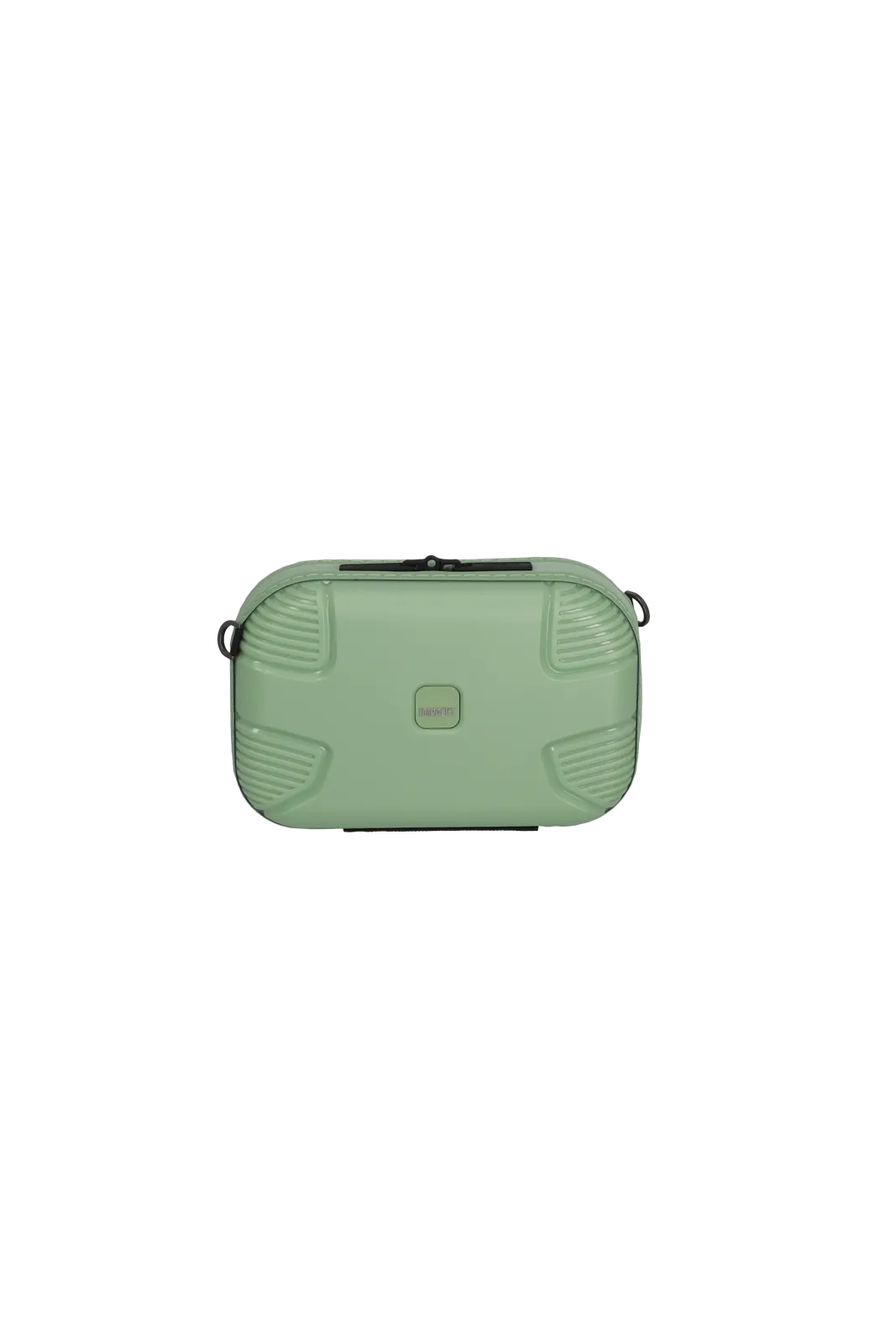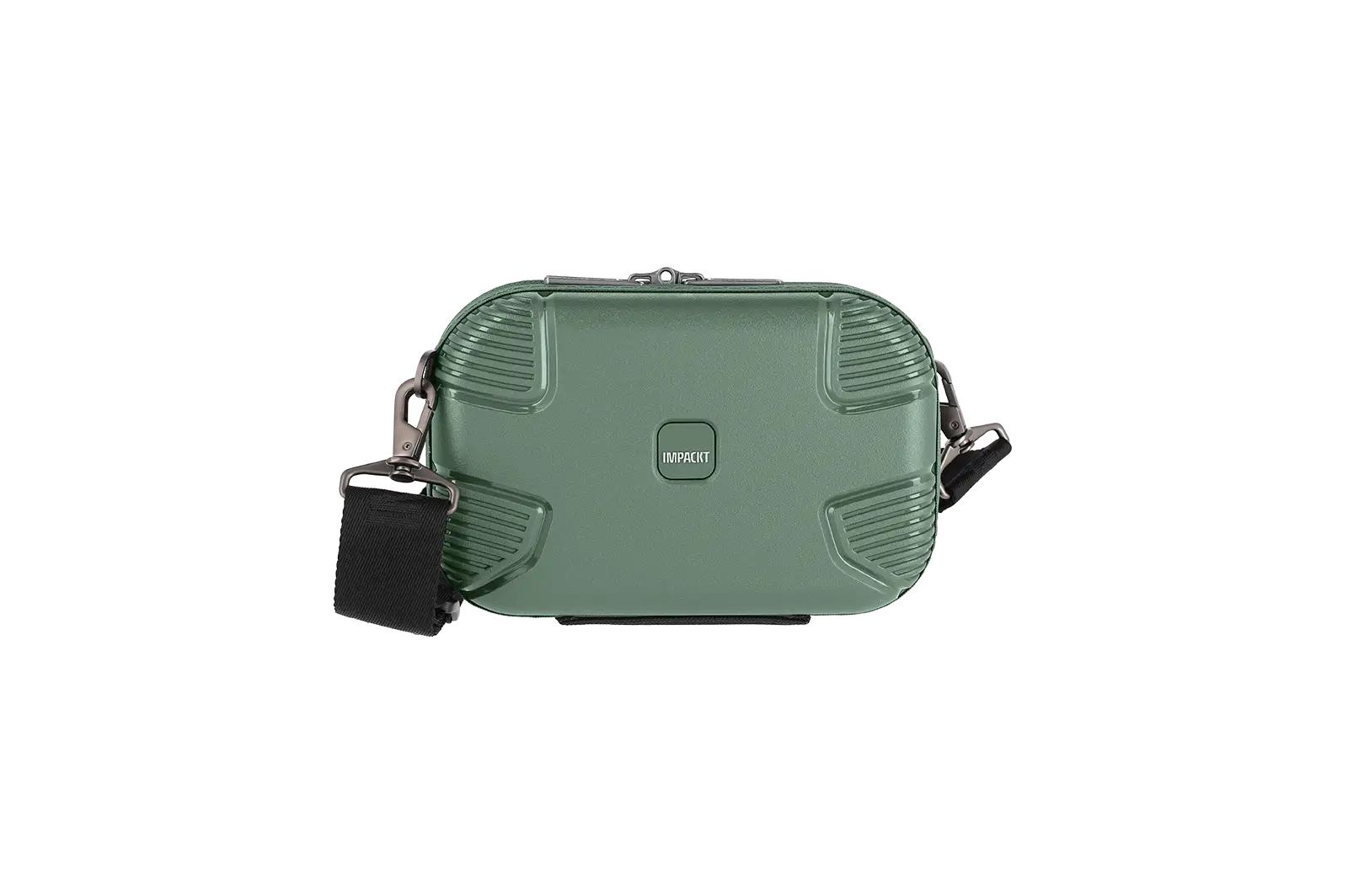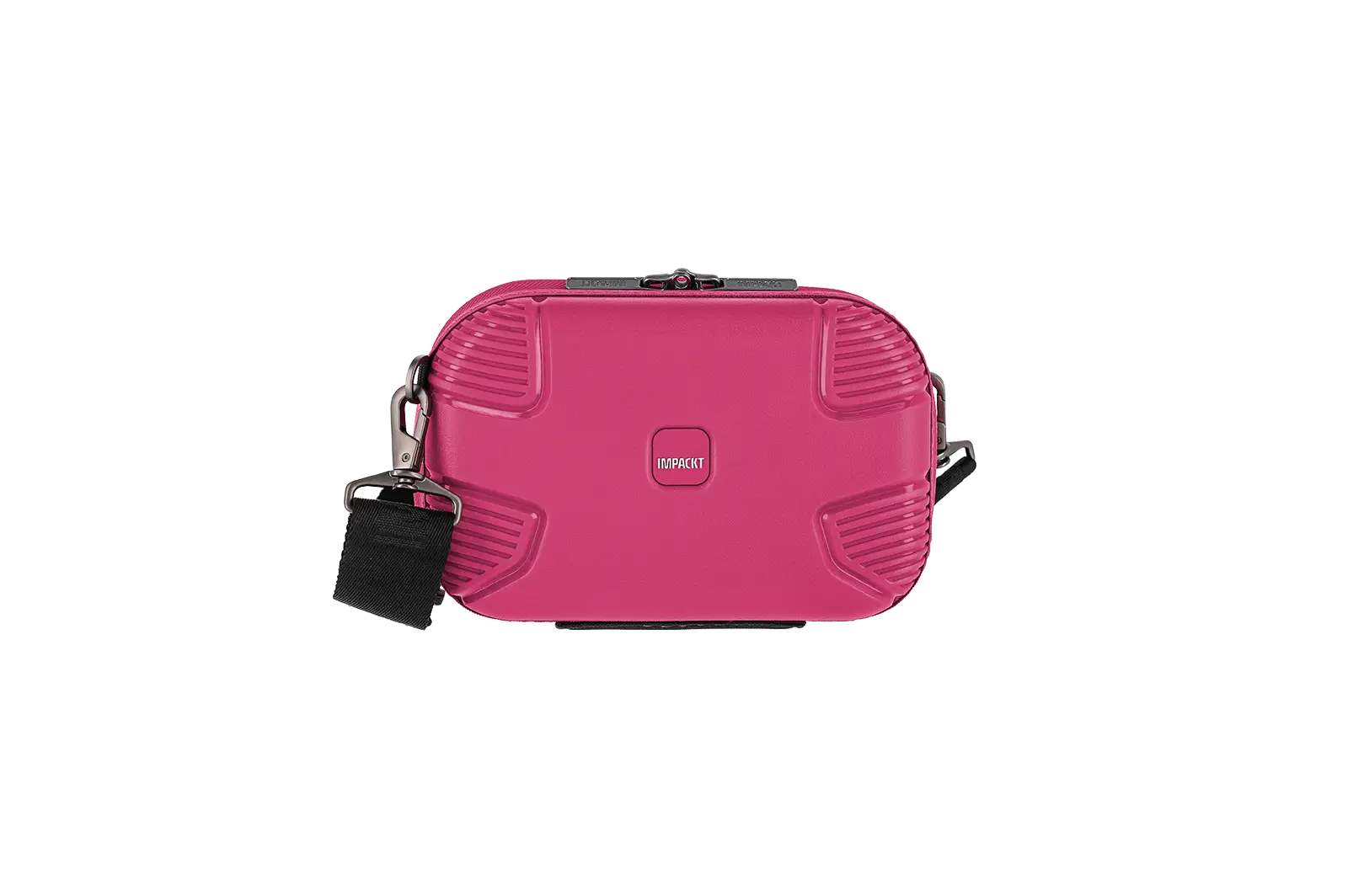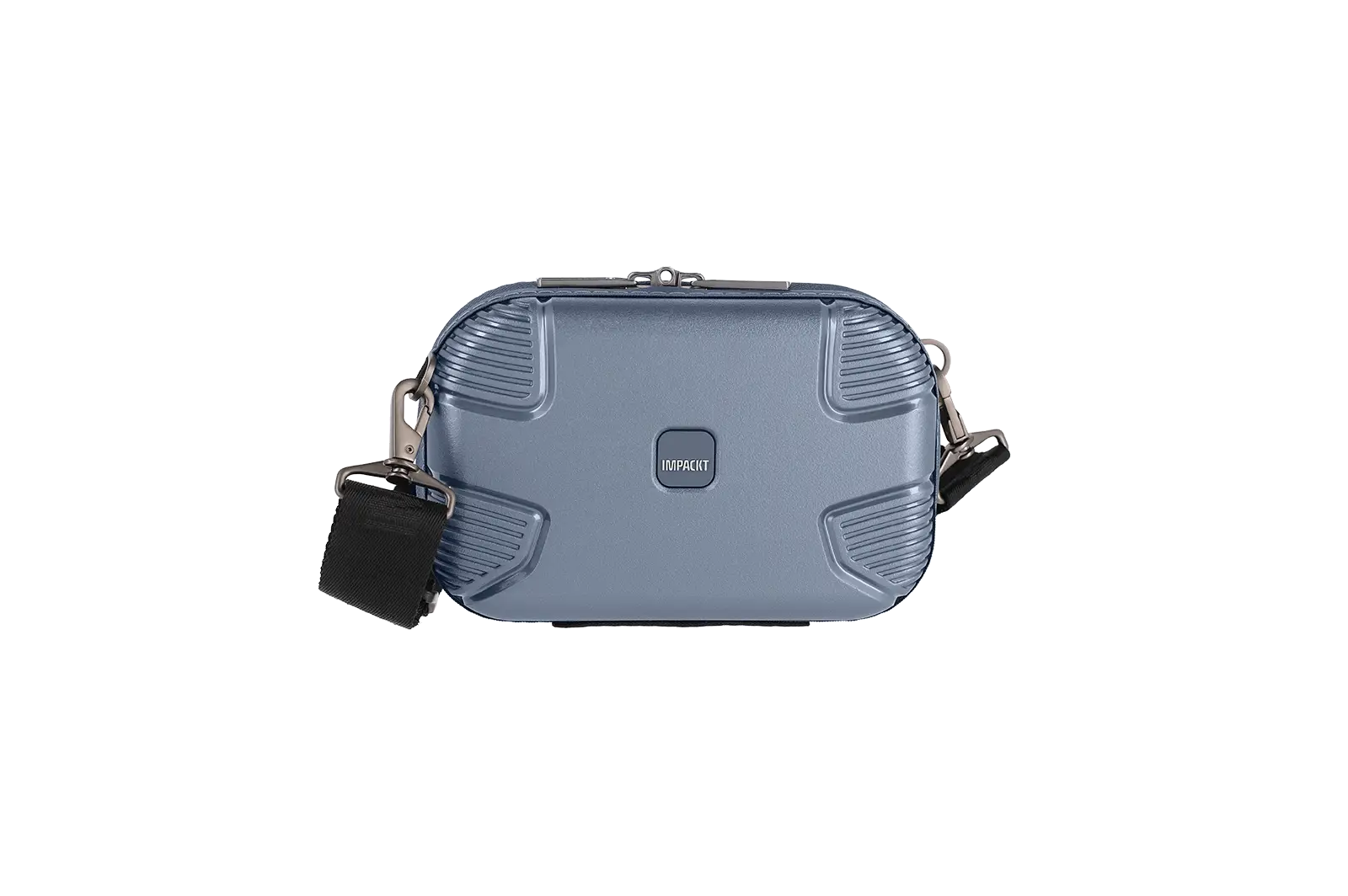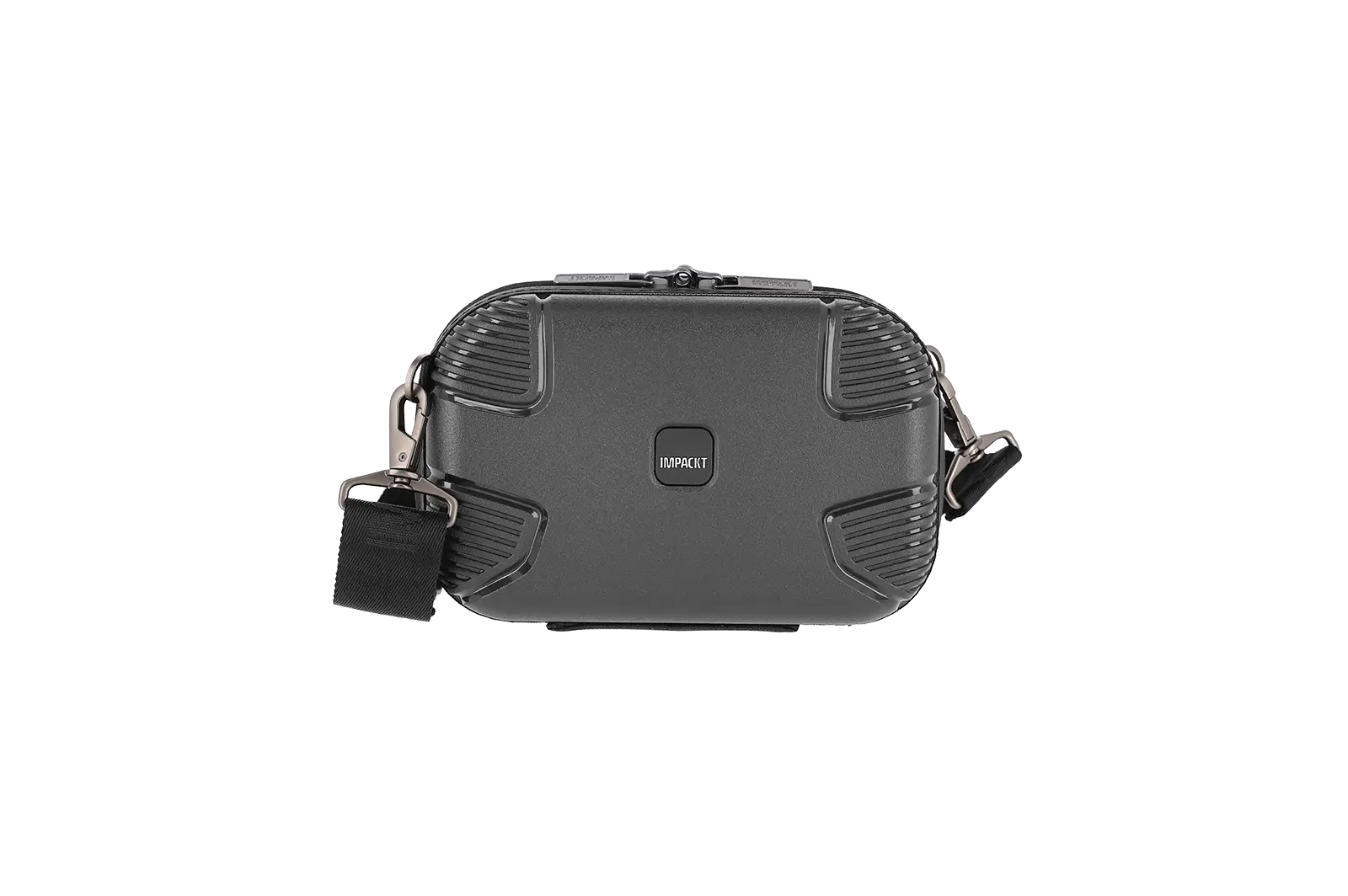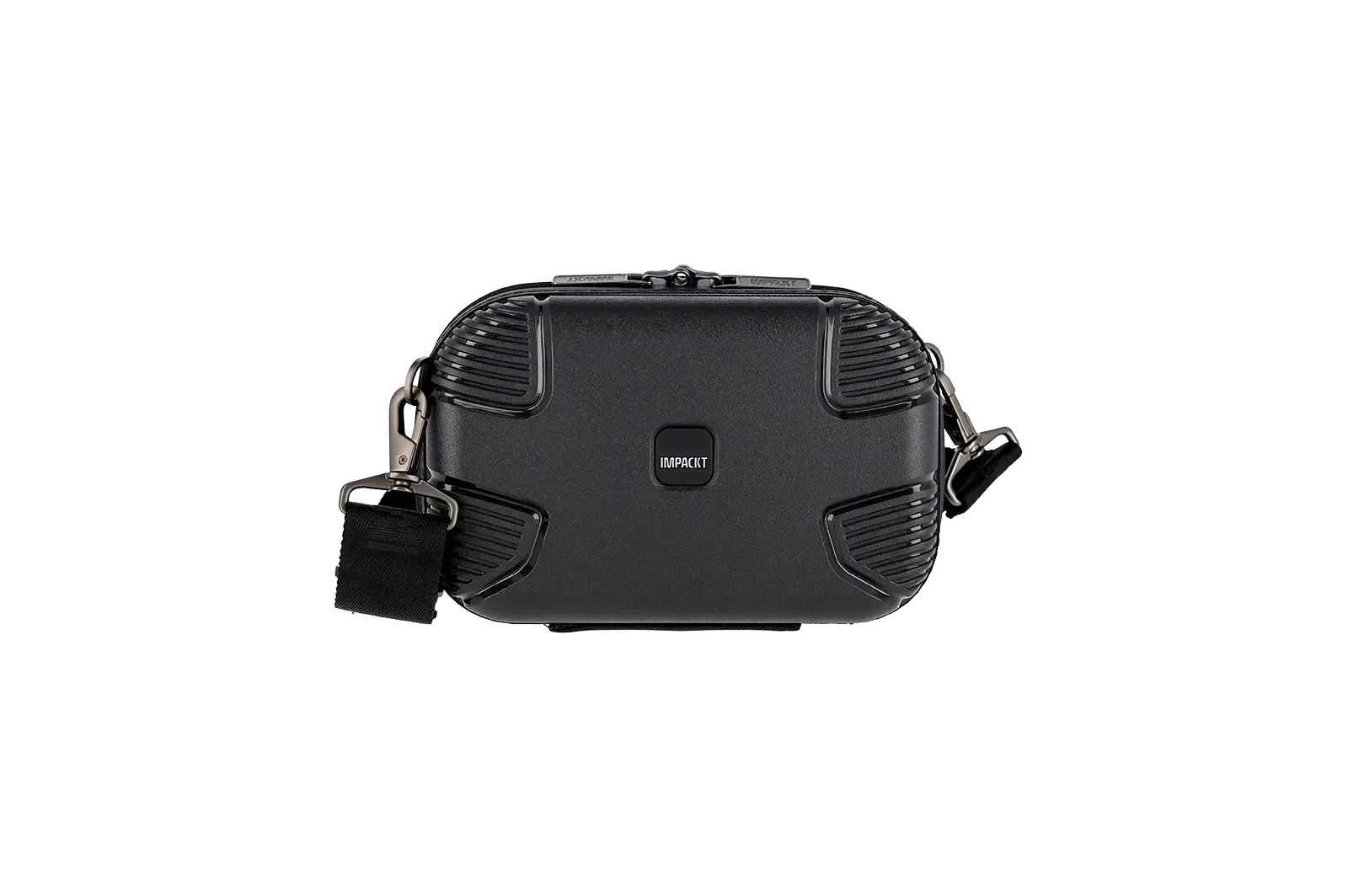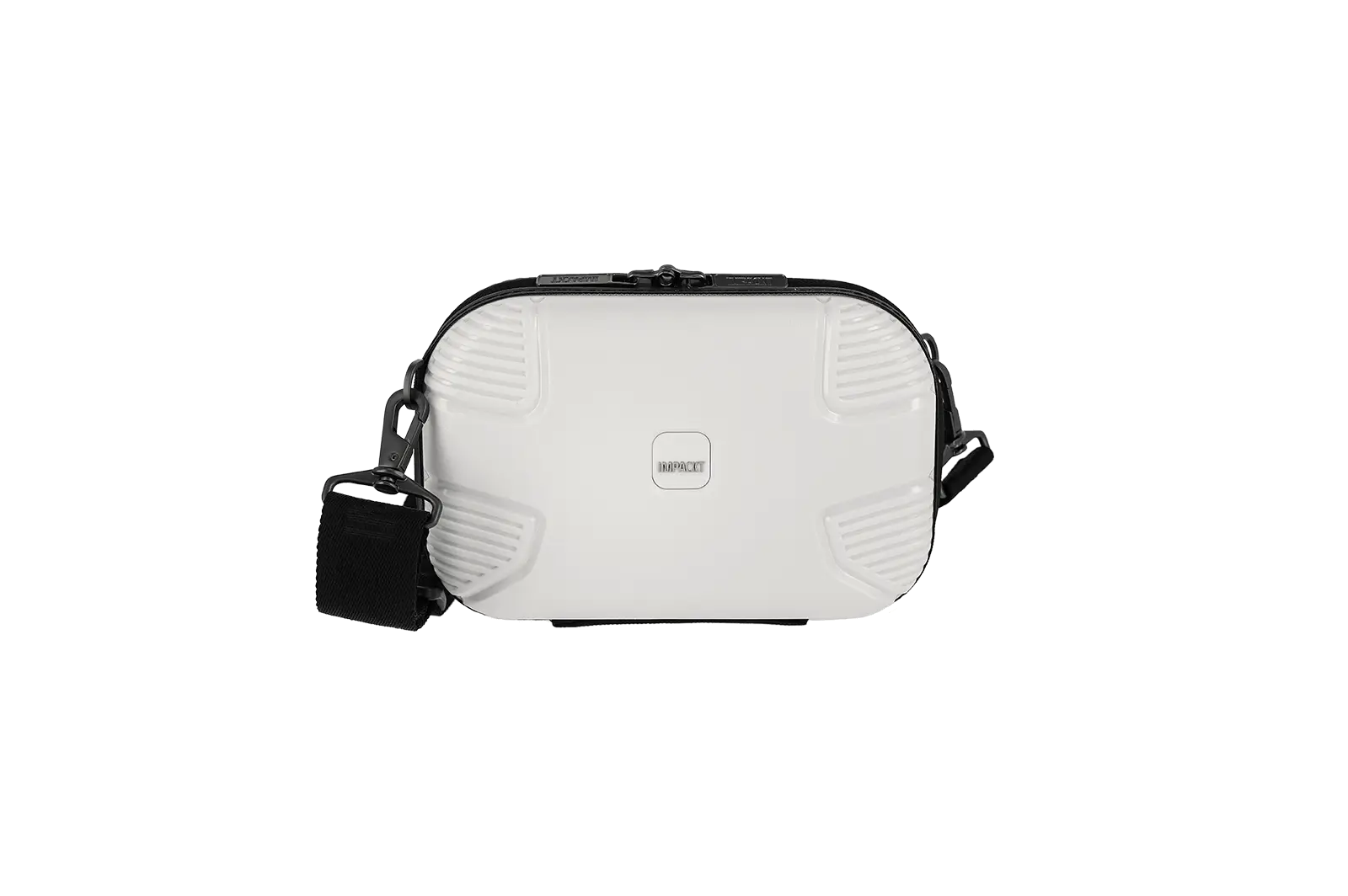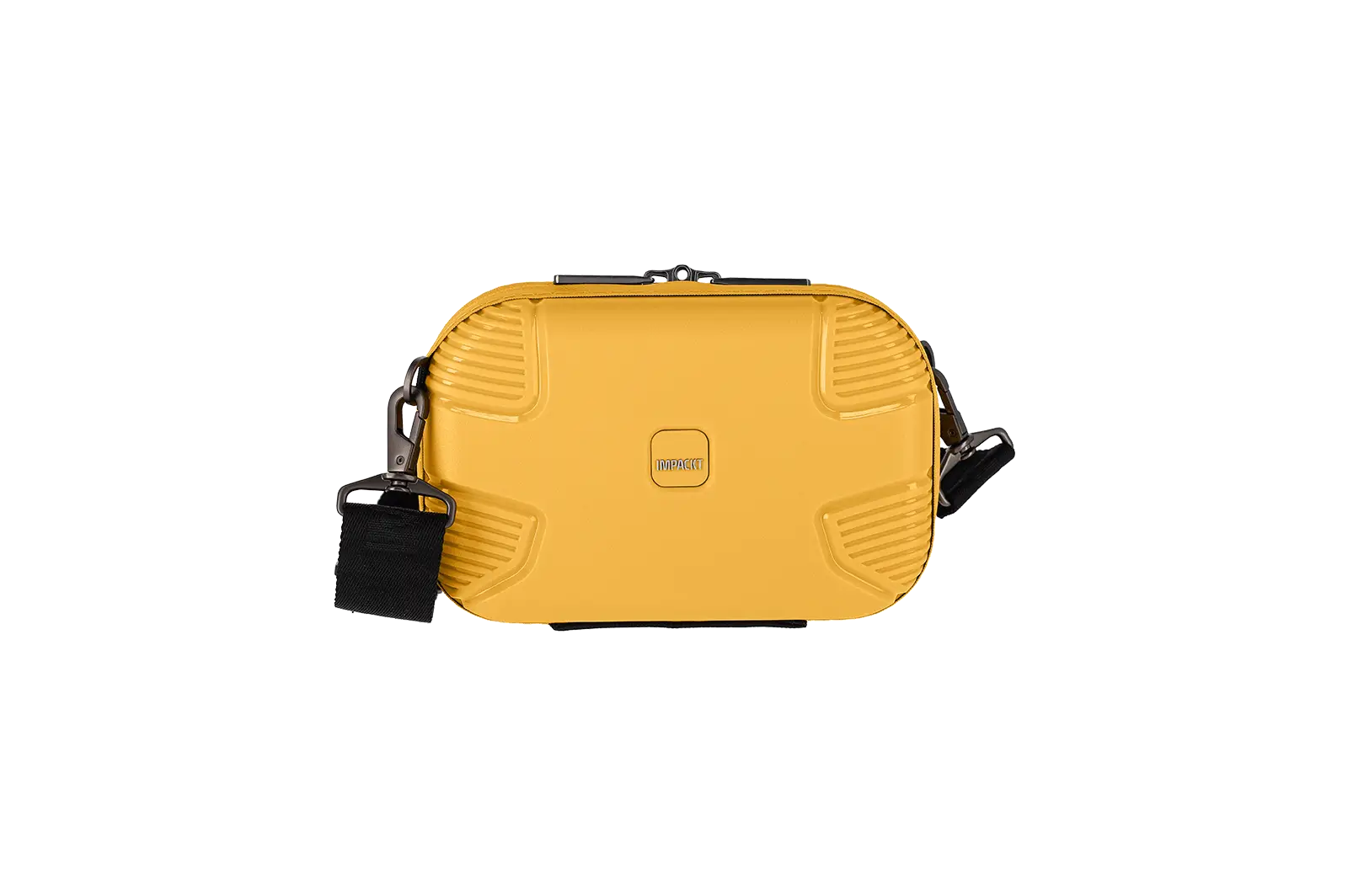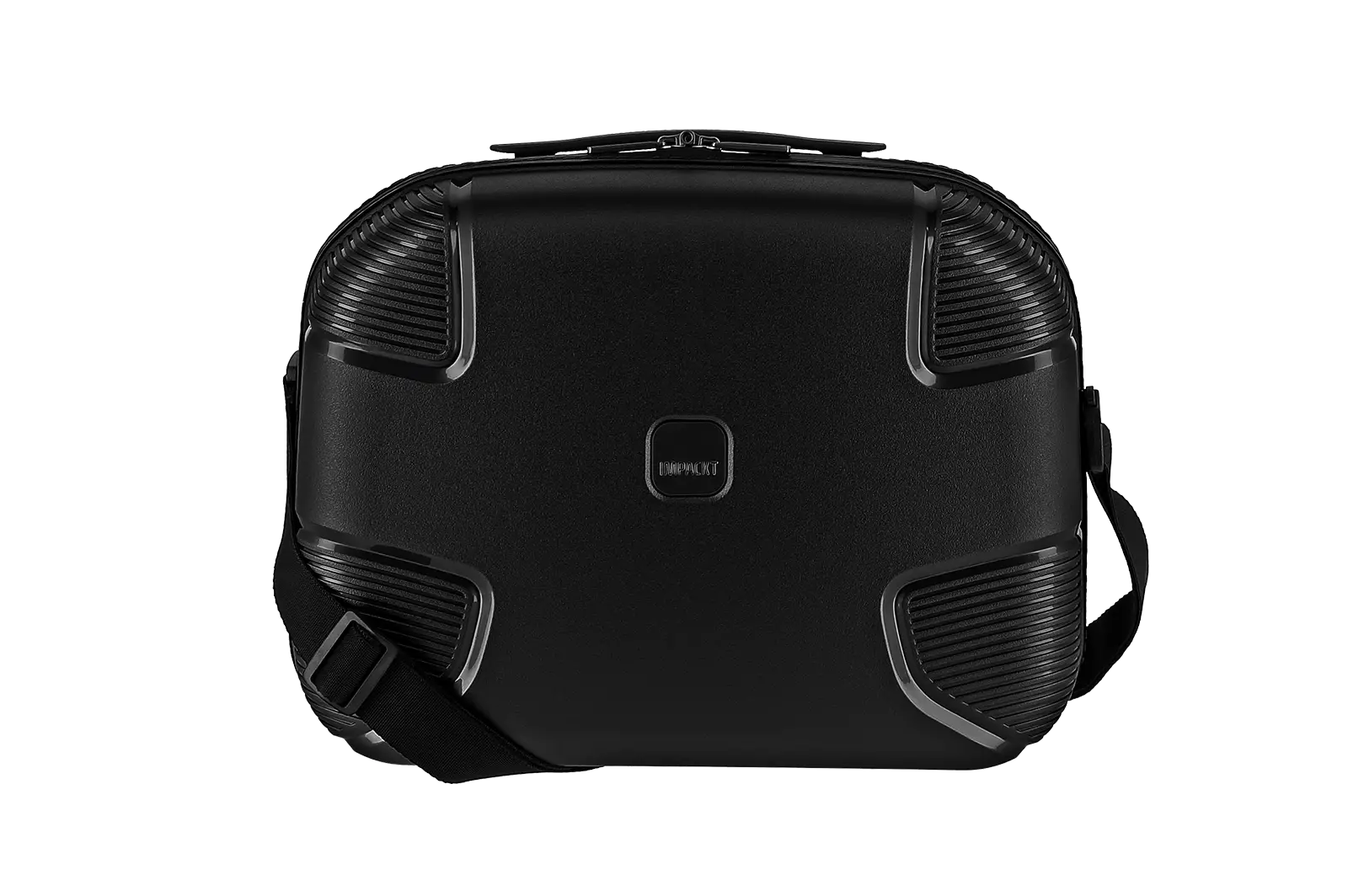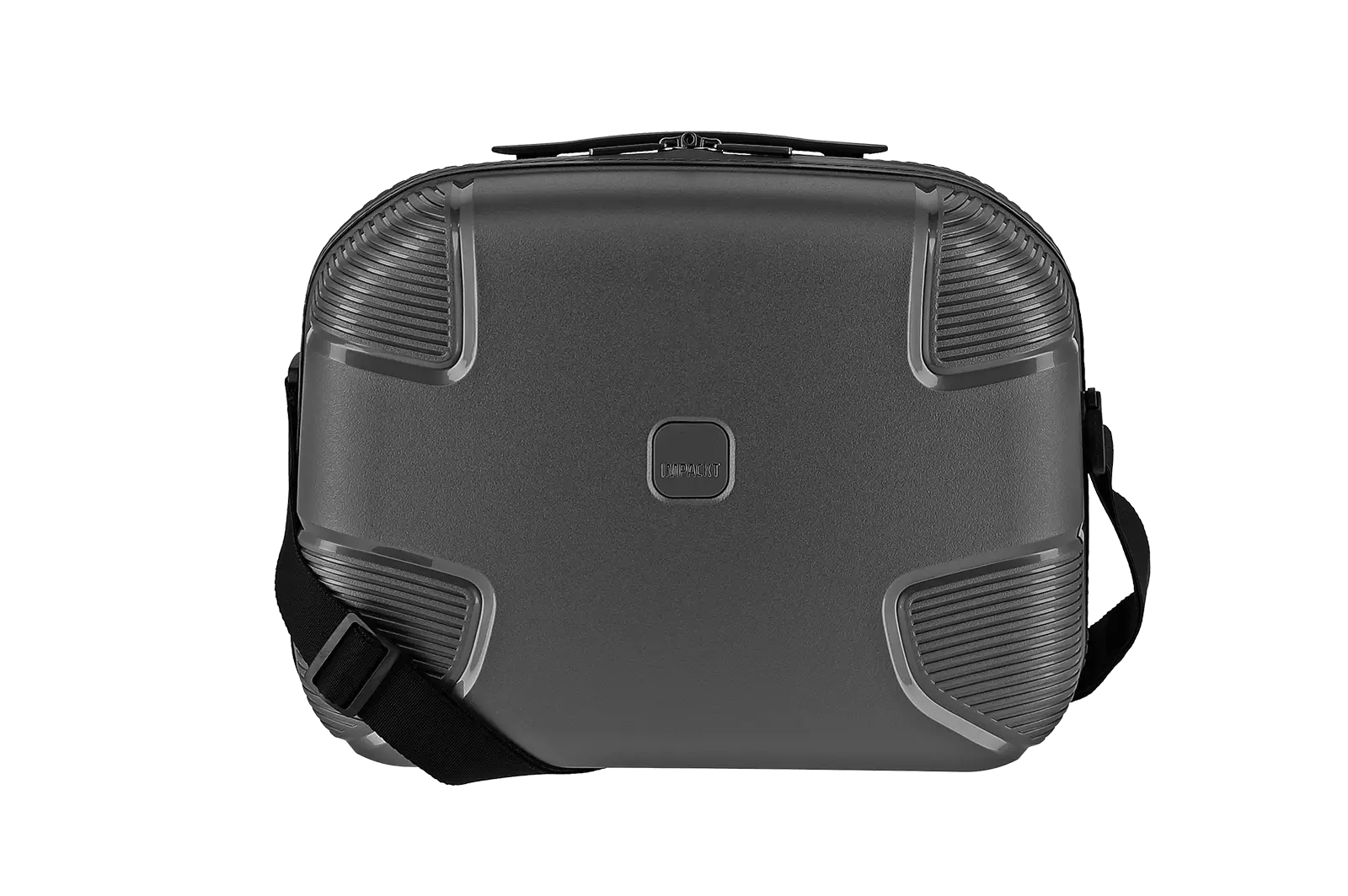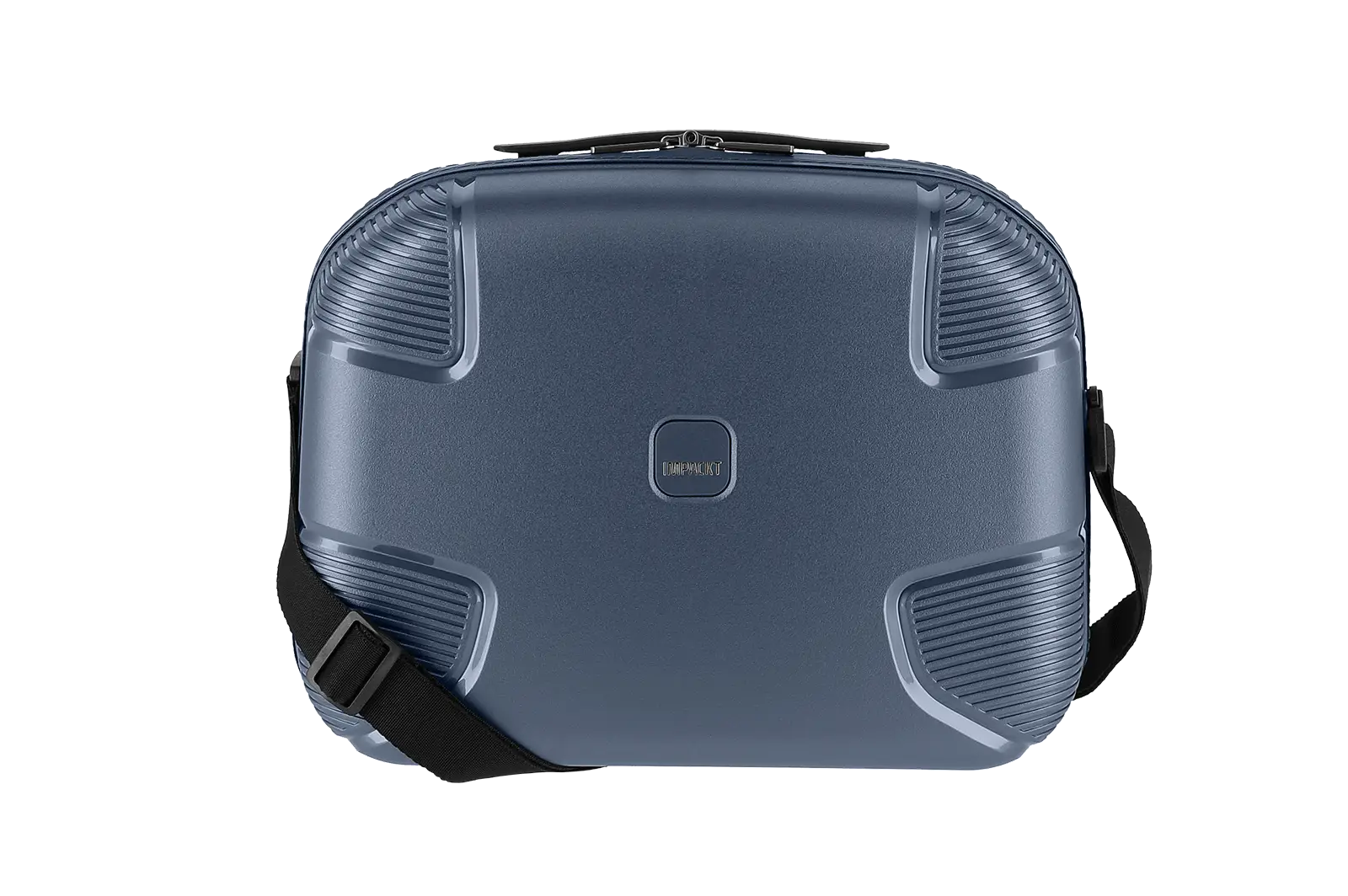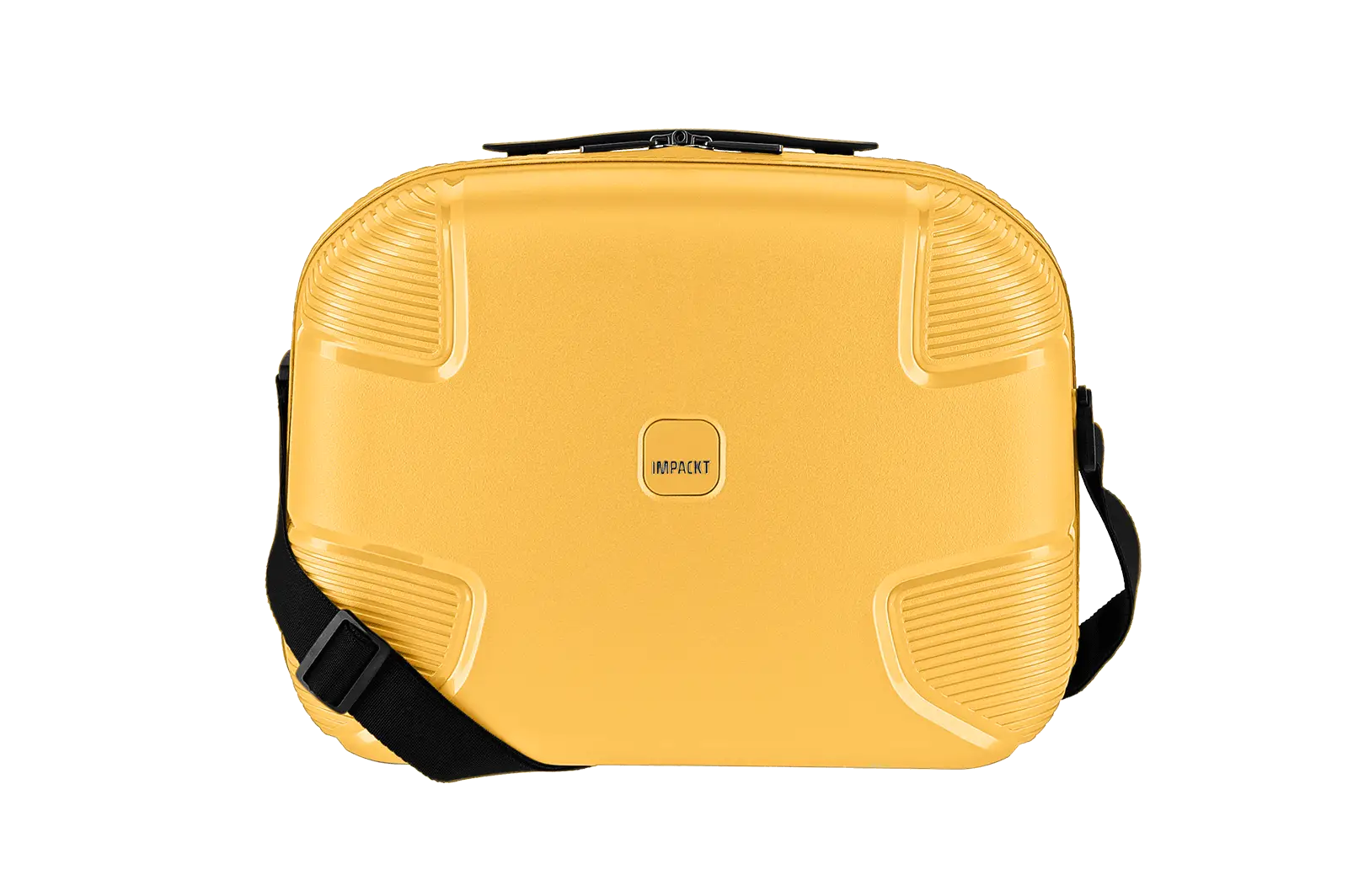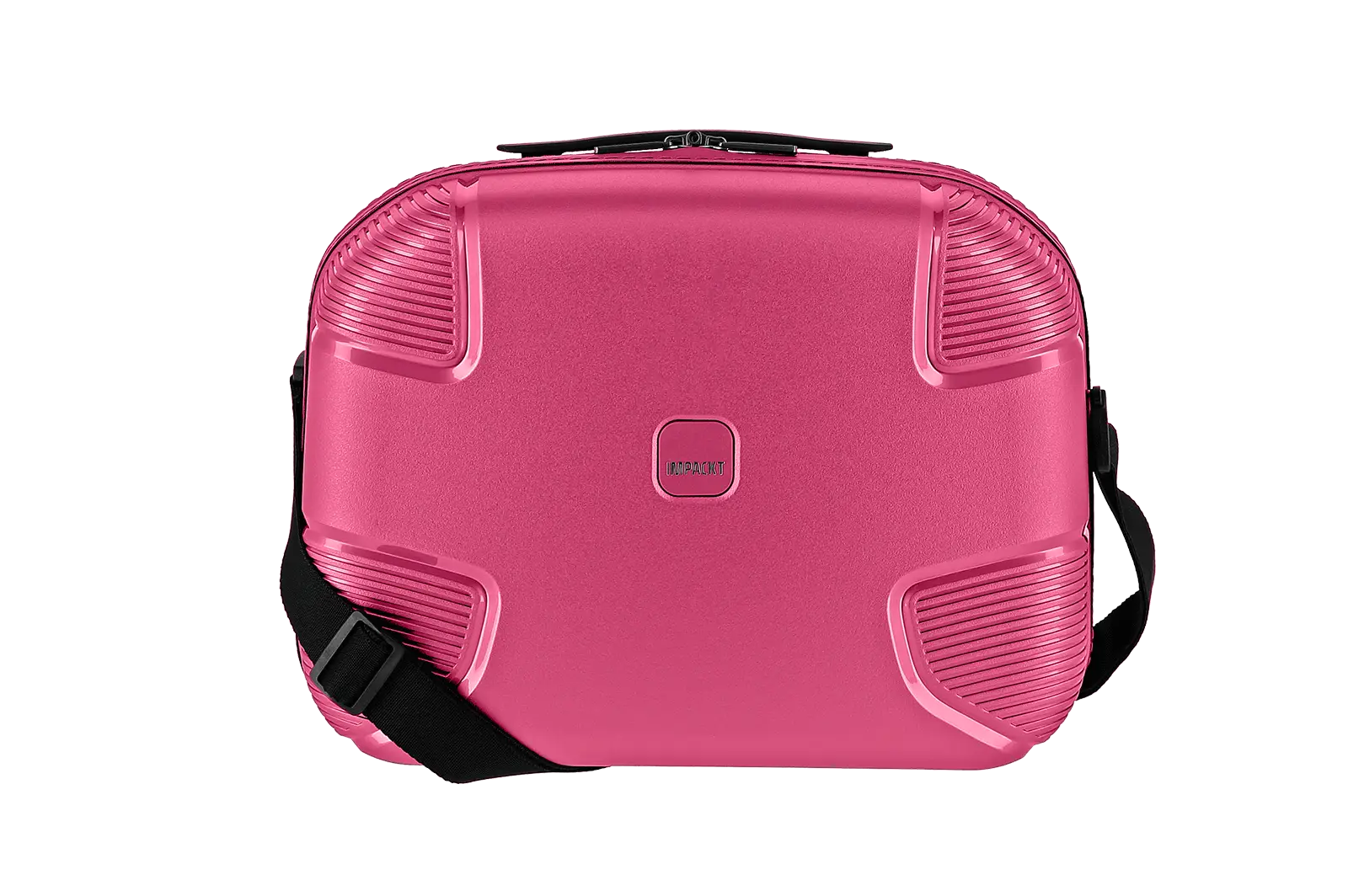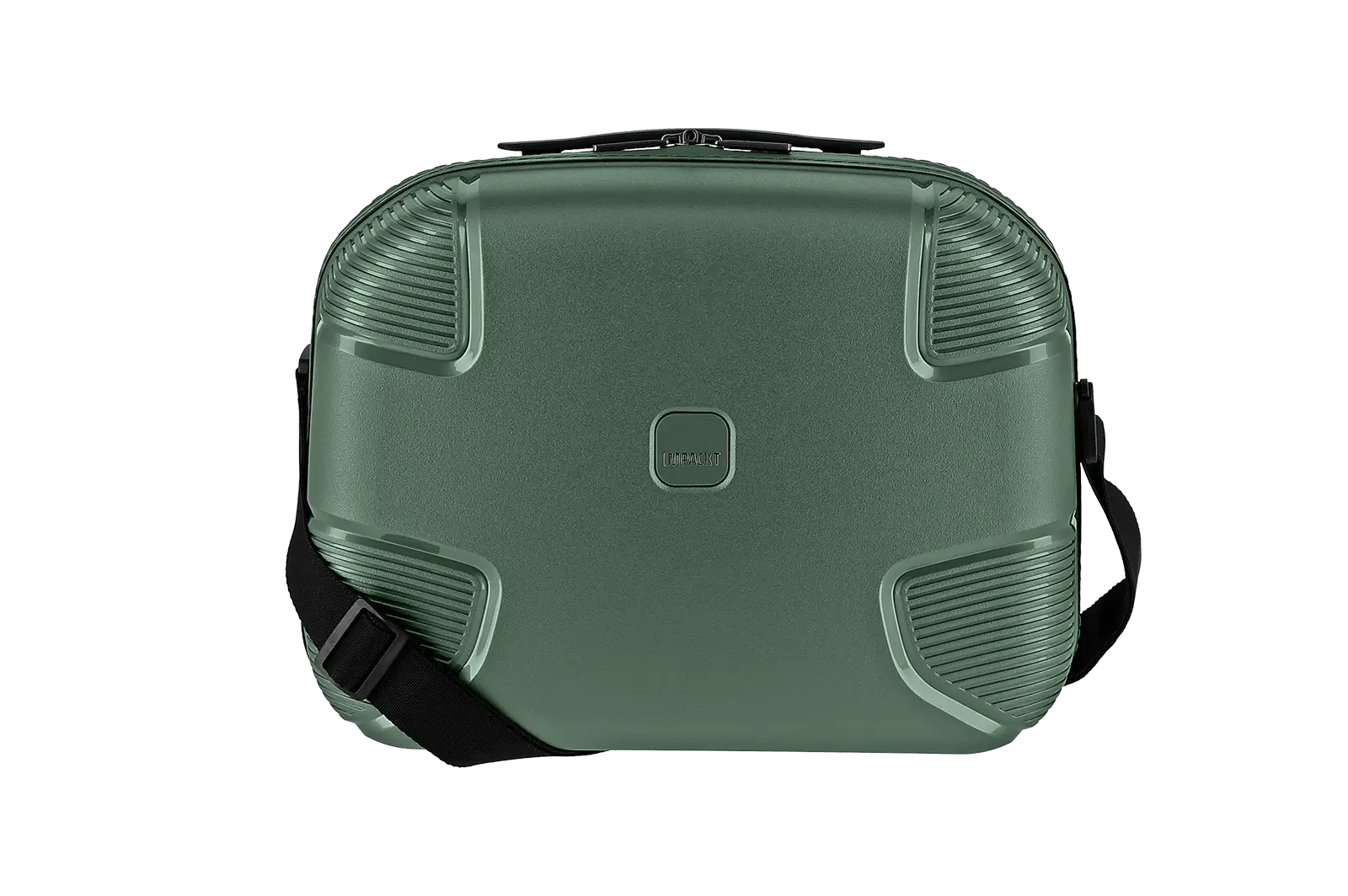Travel makes you happy. Nature makes you happier. Traveling while being kind to nature makes you happiest. At least, that's how we always feel when planning our more sustainable vacations.
It seems you feel the same way too. Soft tourism has been all the rage for a few years now. More and more people are making sure that vacation trips are as socially responsible, resource-conserving and environmentally friendly as possible.
This is often referred to as ecotourism. That is also not wrong. But soft tourism goes a bit further. It's not just about treating nature with respect, but also the locals at the vacation destination. We explain the three most important pillars of how soft tourism works and give you four destinations and tips along the way.
Soft tourism: what is it and what does it involve?
The simplest explanation of what "soft tourism" is is probably this:
the opposite of mass tourism. Compared to mass tourism, soft tourism aims to minimize the negative impacts of travel. It is about making the vacation as sustainable as possible. And this in terms of the
three pillars of sustainability.
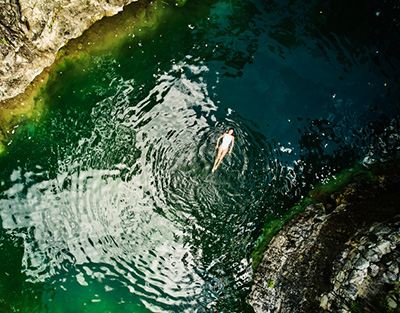
- Environment: soft tourism tries to open our access to nature without destroying it. The focus is on climate protection and the careful use of resources.
- People & Culture: When Robert Jungk introduced the term in 1980, he emphasized that the interests of the inhabitants must be in harmony with those of the tourists. This includes respecting traditions, supporting small businesses run by locals, and listening to the opinions, life concepts and ideas of locals.
- Economy: The third aspect is economic sustainability. This is given when economic long-term thinking is taken into account. Instead of "quickly" building a giant hotel that attracts the masses in the high season, the focus is on seeing profits as a means of investment to create a better future.With fair wages, more social justice, more modern equipment and more sustainable profitability models.
So much for the theory. But what about in practice? How can we design our vacations to make it truly soft tourism?
5 tips: How to make your "soft tourism" vacation work
Before we tell you about specific travel destinations, we'll tell you what you can generally look out for in order to travel "gently".
#1 Travel by train
The question of how to get from A to B in the most sustainable way has been asked more and more frequently in recent years. Since 2018, people have even been talking about "flight shame" - the inner conflict of wanting to go on vacation on the one hand, but knowing how harmful air travel is for our climate on the other. Our solution to the "problem of getting there":
Keep your carbon footprint as low as possible when traveling by train. In our blog post "Night Train in Europe" we present you the most beautiful routes and sustainable destinations.
Or you can find a destination close to you and go on a microadventure. That could be a camping weekend in a neighboring town, a guided tour of your own city, or a bike trip out into nature.
#2 Know the traditions of the locals
What's perfectly okay for us can be an absolute no-go for some cultures. For example, many Bali vacationers love to get on their scooters in swim trunks or bikinis and ride around the island. Sure, it's a nice way to cool off in the high temperatures. In Balinese culture, however, so much "naked skin" is not welcome. In order to show respect to the locals, you should therefore know what is or is not allowed at the vacation destination. Blogs, conversations with locals and social media can help you understand the customs and traditions of your destination.
#3 Support Locals
Speaking of locals. Soft tourism also aims to involve local people in tourism decisions and promote small projects and local businesses. How you can get involved here? Go to authentic regional restaurants, take advantage of "Local Tours" (you can find them on airbnb's discoveries or on "withlocals") and see how you can support local environmental protection.
#4 Stay in an eco-hotel
Mass tourism has created many "tourist strongholds" over the past years. Instead of staying in an oversized hotel complex, look for an eco-accommodation. How to do that, we tell you here.
#5 Travel outside the high season
It is also important for soft tourism that vacation times are equalized. Nature and people benefit from this: the environment is not exposed to extreme conditions; locals have a constant income all year round. If you can, plan your vacation not only during the high season.
Soft tourism: These are the places where you can vacation sustainably
Can't wait to pack your bags and make your own "soft tourism" memories? Then go for it. We'll show you four places where you can vacation sustainably. Whether alone, as a couple, or with friends and family.
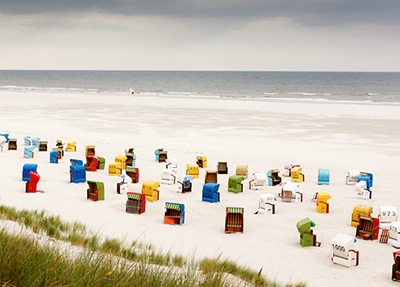
Travel tip 1: North Sea island Juist
No noise, no exhaust fumes, hardly any traffic. On Juist you will find absolute deceleration. There are no cars with combustion engines here. It feels as if you are in another world. In an environment that radiates peace and relaxation.
The North Sea island in the Lower Saxony Wadden Sea has set itself the goal of being climate-neutral by 2030. The "car ban" is just one of many measures in this regard. Since 2015 at the latest, Juist has been one of the most environmentally friendly vacation destinations in Germany. That's when the island was awarded the Sustainability Prize.
What is so special here? You can experience the mudflat habitat up close - without having a negative impact on nature. The Otto Leege Trail, for example, was created for this purpose and leads you through the nature reserve - but not through the sensitive protection zones. Or the National Park House, where you can join exciting guided tours.
An absolute highlight is also „Juist Unplugged“. This is a bike tour of the island, where a local guide shows the most important sustainability places on the island. At the stops, the activities of the island community are then explained.
The community plays a very big role here anyway. In the spirit of soft tourism, the residents are actively involved in tourism planning. The focus is on the wishes and expectations of the locals. We look at how everyone can live happily together here. From Heino, the Wadden Sea guide, to the bakery family Remmers to you.
Our tip in terms of accommodation: the „Haus AnNatur“, which is 100% organic.
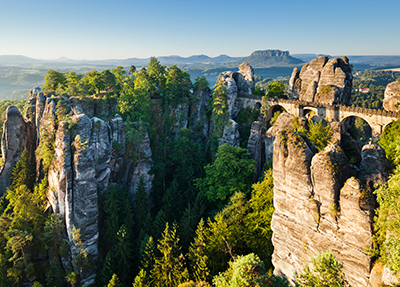
Travel tip 2: Saxon Switzerland
We stay in Germany, and travel across the country to Saxon Switzerland. Getting there sustainably is super easy. Because: the region is considered a pioneer of "soft mobility". In 2017, a strategy was developed for this, which is fully focused on environmentally friendly locomotion.
The easiest way to get to the Elbe Sandstone Mountains is to take the S-Bahn line S1 from Dresden's main train station. Once there, you can easily continue your journey by hiking bus, ferry or the national park train . The latter is an absolute highlight. Since the 19th century, the railroad has connected the two towns of Bad Schandau and Sebnitz. Leaving the Elbe valley, the line climbs about 200 meters in altitude, passes through seven tunnels over 16 kilometers and crosses the Sebnitz River 28 times. Sure, you can just sit and enjoy the ride. But you can also get off and go hiking. Each stop is also a perfect starting point for beautiful tours through the mountains.
On your hikes you will experience nature in its most beautiful forms. With table mountains, plateaus, rocky reefs and rock needles, gorges, forests as well as the Elbe Valley. 170 of the 700 square meters are protected as a national park. You will hardly come out of the amazement.
In order for you to experience the most impressive routes, the tourism association has published the „Wanderromantik-Broschüre“, which you can explore online. In it you will also find the world-famous Malerweg, which leads you in the footsteps of Casper David Friedrich.
Because such an active vacation also requires a lot of relaxation, you should definitely choose a hotel where you can relax after a hike. Absolutely unique is the lovingly restored organic village "Schmilka" with hotels, vacation apartments and pensions, traditional manufactories as well as restaurants, cafés and beer gardens.
Travel tip 3: Lausanne in Switzerland
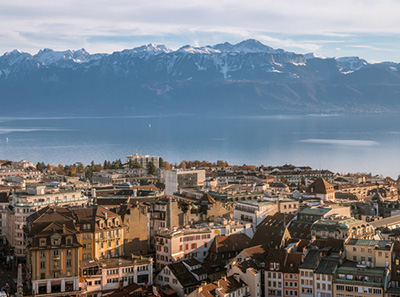
For our next destination, we're heading to the "real" Switzerland. Namely, to Lausanne. The city is strongly committed to soft tourism. Sustainability is also present in the everyday life of the Lausanne population: products from surrounding farms are sold at the market, regional-seasonal cuisine is served in restaurants, and all routes are so short that they can easily be reached on foot or by bike.
It is also often said about Lausanne that the city is "a world of its own". There is a very special atmosphere, there are unique specialties and the proximity to nature is appreciated and protected.
Since Lausanne is located on the hillside, you can look from virtually everywhere to Lake Geneva and the Mediterranean promenade. This invites you to walk, picnic and bike. You need more action and adventure? Then the Alpine Panorama Trail is something for you.
For several years, Switzerland has been one of the leading countries in terms of environmental protection. Under the slogan "Swisstainable" the Swiss are committed to more environmental awareness.
A culinary tip from us: the Swiss-Gourmet-Tour. In three different restaurants you will experience the typical regional delicacies and get in touch with the locals.
Travel tip 4: El Cabrito
Our fourth tip takes us a bit further. Namely to the Canary Island La Gomera. We have often vacationed in the eco-finca "El Cabrito" and are always pleased to see how much gentle tourism is practiced here.
The sustainable hotel is a former banana plantation, is located in a green protected valley directly by the sea and offers plenty of space for couples, friends, singles and families. And all this without car access, far from the tourist hustle and bustle. It is the ideal way to combine environmental and social aspects with relaxation and vacation.
The special thing: In 10 hectares, our little ones can let off steam and discover many things. There are tree hollows, playgrounds, dogs and cats, goats and donkeys, and for refreshment, children's paddling pools. In the mornings there is childcare with creative games and excursions in the grounds of the finca.
But adults are not neglected: throughout the year there is a great program of yoga, meditation, hiking and Co. Check out the calendar of events to see what suits you.
El Cabrito is mindfulness - with you and the environment.
Soft tourism: The benefits for you and the environment
Many benefit from sustainable travel: Locals, our nature and climate, and you. We protect our planet, promote local prosperity and fair working conditions, and reduce our ecological footprint.
What we like most about sustainable tourism is the interaction with locals. The more you get in touch with locals, the more insider tips you will get. This creates much more authentic vacation memories. You get to know the country, people and culture much more "real". And with a clear conscience.







